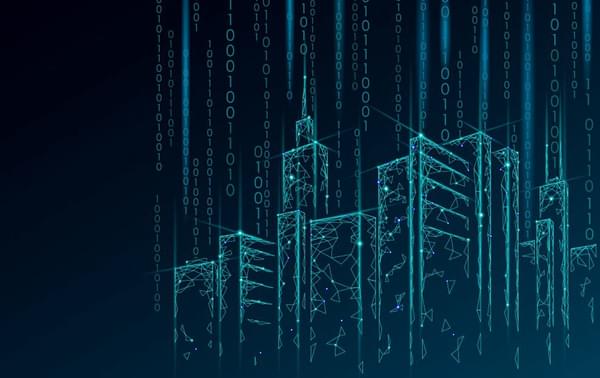Back to Articles
A digital lifeline for our last living dinosaur: the construction industry
13th Jun 2019
When we talk about innovation in construction, we tend to immediately think of modular structures being constructed off-site, or perhaps bricklaying robots, but then the ideas run somewhat dry. Some of the very best ideas are simple, intuitive and seemingly obvious. Consider the phenomenal popularity of the iPhone, or its predecessor the iPod: neither were the first product of their kind, but their sleek design and simplicity seemed new, and contributed to the enormous demand from consumers.
Buildings are not complicated, when compared with, say, automotive or aerospace, but they do tend to be very bespoke. The control systems, or Building Management System (BMS) as they are known, are perhaps where this is most acute. Enabling, controlling, and fault monitoring a number of disparate systems should be simple, but it rarely is, thanks to communication challenges between both systems and people.
However, a new wave of ‘smart’ domestic products is showing us just how simple it can, and should, be. Smart thermostats, such as Nest, are leading the way. They feature a simple, intuitive controller, which most people can use without reading the manual. In fact, the user only needs to input occasional manual requests, and the beautifully made and inexpensive device performs like the holy grail of control systems. It really is smart: a weather-compensated, seasonally-adjusted, remote-addressable, open-protocol, infinitely extendable control system which can predict trends in people movements through algorithmic learning. Lag response times are minimised by the perfectly efficient anticipation of heat demand so that the boiler operation maintains condensing mode and thus maximum efficiency.
I should add – I’ve installed a Nest at home. Our energy use has decreased, the house is always ‘just so’ and – most importantly – not a single crossed word with my wife on where the thermostat set point should be! The Nest has learnt about us, our preferences, behaviours, geographic trends – it just knows, with practically no manual inputs required. Never has a commercial BMS system delivered this level of service and sophistication, let alone with such a simple intuitive human interface.
With such examples of remarkable progress being made on domestic buildings, what is preventing this success being repeated in commercial buildings? The scale of market is still big, the opportunity for improvement is enormous, yet the rate of change is glacial by comparison.
A design process developing concurrently with the supply chain integration (not the prolonged sequential process we see now), in a common data (BIM) environment would contradict almost all procurements models we see operated. Until the emphasis shifts from risk aversion to multiparty integration from first principles – no meaningful progress will be made.
This article was originally published by Henry Easterbrook on LinkedIn.












